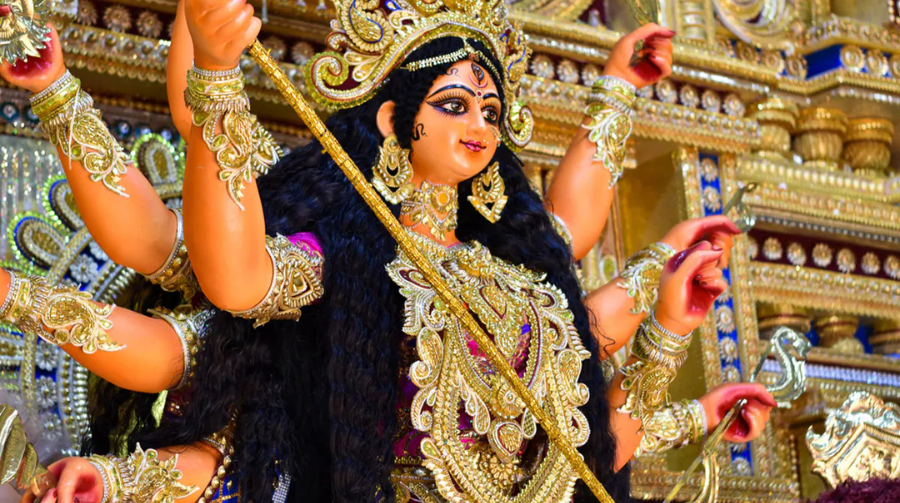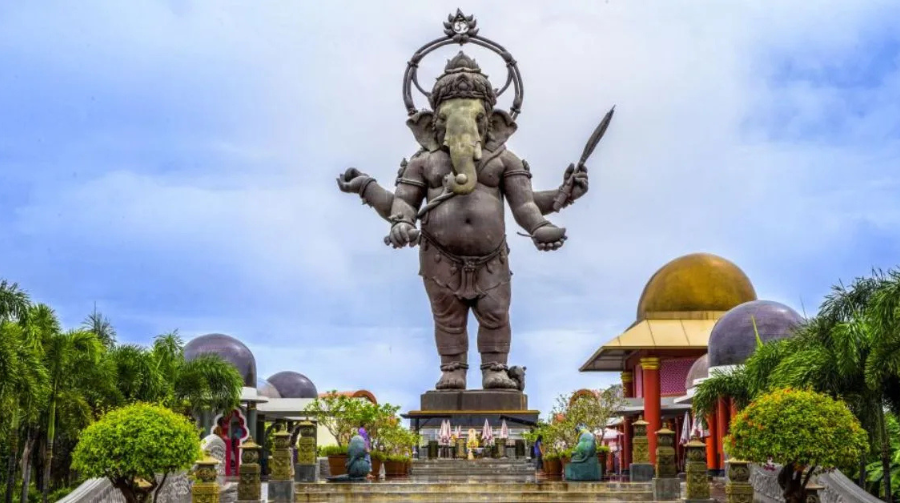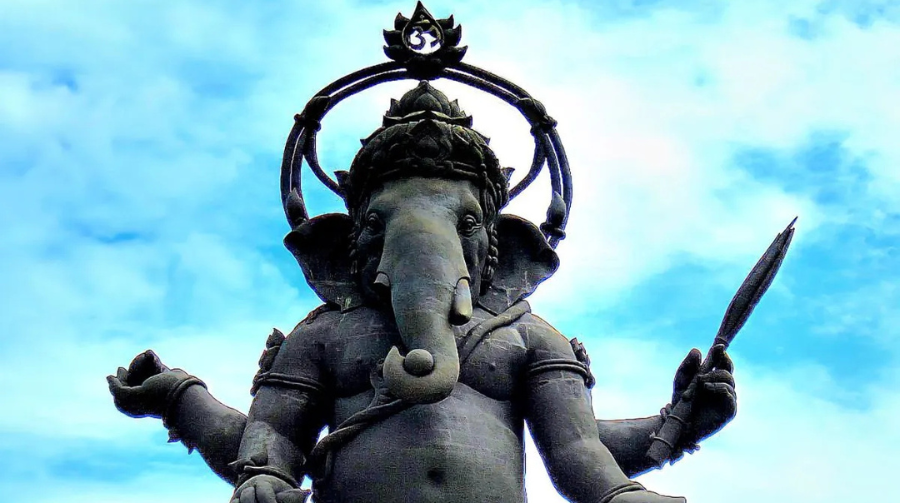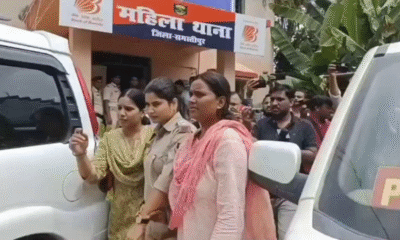Festivals
Friendship Day Activities and Games for Kids in School | July 30 Special

Celebrate Friendship Day at School: Fun Games and Activities for Kids
Friendship Day on July 30 is a wonderful opportunity for schools to foster kindness, camaraderie, and teamwork among students. Here’s a fresh list of easy, engaging, and inclusive ideas to make the day memorable in classrooms and schoolyards.

Friendship Bingo: Match and Mingle
Organize a Friendship Bingo sheet with prompts like “Find someone who shared their lunch,” “Has the same favourite colour,” or “Helped another student today.” Kids move around, check boxes, and collect signatures. Great icebreaker and communication booster!
Compliment Chain: Circle of Kind Words
- Have students sit in a circle.
- One by one, each child gives a genuine compliment to the person next to them.
- Use printed “Friendship tags” or paper bracelets for compliments to wear or trade.
- Promote verbal and written appreciation—simple confidence builder!
Buddy Treasure Hunt
- Pair up students as friendship buddies.
- Hide small cards or friendship quotes across the classroom or playground.
- Pairs hunt together, reading and discussing each message like “You’re a great listener” or “Thanks for making me smile.”
- Encourages cooperation, companionship, and joy in discovery.

Friendship Pictionary or Charades
Divide classes into small teams. Use friendship-themed prompts like “Helping a friend,” “Lending a hand,” “Laughing together.” Kids act them out or draw, while teammates guess. Enhances creativity and nonverbal fun.
Friendship Shields or Flags
- Provide paper, colours, stickers, craft supplies.
- Each child designs a flag or shield representing their friend or friendship group.
- Showcase them in a Friendship Wall display afterwards.

“Who’s That Friend?” Quiz
- Write short descriptions (anonymous) of how each child helps their friends—without revealing names.
- Read aloud and let classmates guess the kind friend described.
- Builds positive peer recognition.
Friendship Storytime & Collaborative Story
- Read a short Friendship Day-themed story (e.g. “The Rainbow Fish,” “Be Kind”).
- Follow up with a group-written story, each child adding one sentence about caring and friendship.
- Ideal for developing empathy and narrative skills.

Friendship Bracelet or Bookmark Exchange
- Kids make simple bracelets or bookmarks, decorate with friendship sayings.
- Swap them anonymously or with buddies.
- Promotes creativity and personal connection.
Festivals
Navratri 2025: Devotees throng temples across India as nine-day festival begins | Videos

The nine-day Sharadiya Navratri festival began today with grand celebrations across India, as devotees gathered in temples to worship Goddess Durga and her nine divine forms. The auspicious festival, which symbolizes the triumph of good over evil, is marked with prayers, fasting, and cultural festivities such as Garba and Dandiya.
Devotees throng temples across India
From Delhi to Mumbai and Madhya Pradesh, temples were filled with spiritual fervor on the first day of Navratri 2025.
- Delhi: Large crowds gathered at Kalkaji Temple, Jhandewalan Temple, and the Shree Adya Katyayani Shaktipeeth Mandir in Chhatarpur, where morning aarti was offered with chants and devotional hymns.
- Mumbai: The historic Mumbadevi Temple witnessed the sacred Kakad Aarti ceremony, a traditional ritual marking the beginning of festivities.
- Madhya Pradesh: Thousands of devotees visited the famous Maa Baglamukhi Temple in Nalkheda, Agar Malwa district, believed to have links to the Mahabharata era, adding to its spiritual significance.

The significance of Navratri
Navratri is one of Hinduism’s most sacred and vibrant festivals, dedicated to worshipping the nine forms of Goddess Durga, collectively known as Navdurga. Each day is devoted to a different form of the Goddess, symbolizing aspects such as strength, courage, purity, wisdom, and compassion.
This year, Navratri begins with Ghatasthapana and the worship of Maa Shailputri on September 22, 2025, and will conclude on Vijayadashami (Dussehra) on October 2, 2025.
Devotees observe fasts (vrat), install a kalash at home or temples during shubh muhurat, chant mantras, and perform aarti seeking blessings for prosperity, health, and spiritual strength.

Navratri traditions and celebrations
- Fasting & Puja: Devotees abstain from grains and non-vegetarian food, offering fruits, sweets, and special vrat meals to the Goddess.
- Cultural festivities: In Gujarat and Maharashtra, traditional Garba and Dandiya nights bring communities together with colourful attire, music, and dance.
- Durga Puja Pandals: In West Bengal and eastern India, grand Durga Puja pandals are set up with artistic idols of Maa Durga, attracting lakhs of devotees.

A festival of unity and devotion
Navratri transcends regions, blending spirituality with cultural celebration. From the Himalayas to the coastal temples of South India, the Goddess is invoked with devotion and splendour, making Navratri not just a religious occasion but also a festival of togetherness, joy, and cultural pride.
Festivals
Navratri 2025 Outfit Ideas: Colours, Fabrics, Jewellery and Styling Tips

From twirling lehengas to pastel kurta sets, Navratri 2025 fashion is all about comfort with a stylish twist. Discover the perfect outfit ideas, colours, fabrics, and accessories to shine this festive season.
🌸 The Essence of Navratri Fashion 2025
Navratri is not just about devotion and dance; it’s also a celebration of culture, colours, and style. Each year, festive wardrobes evolve to blend tradition with modern trends, and Navratri 2025 is no different. Expect heritage weaves, bold hues, lightweight fabrics, and contemporary fusion wear that keeps you comfortable through Garba and Dandiya nights.
Fashion this season is about effortless elegance—vibrant yet breathable, traditional yet experimental.

👗 Navratri Outfit Ideas for Women
- Classic Lehengas with a Twist – Flowy lehengas paired with embroidered cholis and lightweight dupattas remain a timeless choice. In 2025, expect pastel tones, sequins, and cape-style dupattas for a modern touch.
- Co-ord Sets with Mirror Work – Mirror embroidery, bandhani prints, and bold colours bring energy to co-ord styles, perfect for those who love dancing without heavy layers.
- Fusion Silhouettes – Crop tops with ghagras, long jackets over shararas, or draped dupattas styled as capes offer the right mix of ethnic and contemporary.
- Pastel Kurtas & Palazzo Sets – For comfort with elegance, pastel-hued kurtas paired with embroidered palazzos or shararas are trending big.

👔 Navratri Outfit Ideas for Men
- Classic Kurta-Pajama – Opt for chikankari or silk kurtas in festive shades of red, yellow, or green, paired with contrasting pajamas.
- Indo-Western Jackets – Layer a Nehru jacket or embroidered bandhgala over a kurta to elevate the look.
- Casual Festive Wear – Pastel cotton kurtas with jeans or churidars strike the right balance between tradition and comfort.
- Printed Stoles & Dupattas – Accessories like a vibrant stole or bandhani dupatta can instantly uplift a plain kurta look.

🌈 Colours of Navratri 2025
Each day of Navratri has a symbolic colour. Designers suggest incorporating these shades into your looks to stay festive-ready:
- Day 1 – Yellow
- Day 2 – Green
- Day 3 – Grey
- Day 4 – Orange
- Day 5 – White
- Day 6 – Red
- Day 7 – Royal Blue
- Day 8 – Pink
- Day 9 – Purple
🪡 Fabrics to Choose for 2025
- Chiffon & Georgette – For lightweight drapes that flow beautifully while dancing.
- Silk & Banarasi Weaves – Rich fabrics for a regal and traditional appeal.
- Cotton & Linen – Comfortable options for warmer evenings, perfect for daily Navratri wear.
- Mirror & Bandhani Work – Adds sparkle and vibrancy to any outfit.

💍 Jewellery & Accessories
- Women: Silver oxidised jewellery, statement earrings, layered bangles, kamarbandh, and colourful juttis complete the festive look.
- Men: Brooches, embroidered mojris, pocket squares, and classy watches can add the right finishing touches.
✨ Styling Tips for Navratri 2025
- Keep your outfits lightweight if you plan to dance through Garba nights.
- Experiment with fusion wear to stand out while staying comfortable.
- Add pops of festive colour through dupattas, clutches, or jewellery.
- Don’t shy away from metallic shades like silver and gold for extra glamour.
Festivals
Not in India! The World’s Tallest Ganesha Statue Stands in Thailand

Lord Ganesha, revered as the remover of obstacles, is worshipped with devotion not only across India but also in many parts of the world. Every year during Ganesh Chaturthi, India witnesses the creation of towering idols of Bappa, some stretching over 50 feet, installed temporarily for the festival. However, the tallest permanent Ganesha statue in the world surprisingly does not stand in India but in Thailand. This fact continues to astonish devotees who assume India holds the record for the largest Ganesha idols.

The location of the tallest Ganesha idol
The colossal statue is located in Khlong Khuean Ganesh International Park in Chachoengsao province, around 80 km from Bangkok. Towering at 39 metres (128 feet), the bronze idol was constructed as a blend of faith, art, and engineering marvel. It stands as a spiritual and cultural landmark, attracting thousands of pilgrims and tourists each year.
The making of a masterpiece
The construction of this Ganesha idol began in the late 2000s and was completed in 2012 after nearly four years of meticulous work. The statue was crafted from 854 bronze fragments and weighs a staggering 1,000 tonnes, making it not only one of the tallest but also one of the heaviest idols of its kind in the world. Every inch of its design is steeped in symbolism, ensuring the statue is not just a marvel to look at but also a representation of deep spiritual meaning.

Symbolism in design and offerings
Each of the four hands of Lord Ganesha in this statue carries significant offerings, representing different aspects of life and prosperity:
- Banana – symbol of sustenance and nourishment
- Sugarcane – symbol of sweetness and bliss
- Jackfruit – symbol of prosperity and abundance
- Mango – symbol of knowledge and wisdom
Together, these offerings represent a life of balance, harmony, and fulfilment. For devotees, offering prayers here is believed to bring blessings of prosperity, wisdom, and happiness.
Spiritual and cultural significance
Spread across 40,000 square metres, the temple complex is not only a place of worship but also a hub for meditation, cultural events, and community gatherings. Locals believe the idol acts as a protector of the province, bringing good fortune to residents and visitors alike. Over time, the statue has also become a symbol of the shared cultural and spiritual connection between India and Thailand, as Hindu deities like Ganesha hold a respected place in Thai traditions.

A destination for spiritual tourism
The world’s tallest Ganesha has also boosted spiritual tourism in Thailand. Thousands of Indian devotees travel here each year, especially during Ganesh Chaturthi, to seek blessings. The park also attracts international tourists curious about how Indian deities are revered outside India. The calm surroundings, large meditation spaces, and artistic detailing make it a must-visit destination for seekers of peace and spirituality.
How to reach the tallest Ganesha statue from India
- By Air: The nearest airport is Suvarnabhumi International Airport in Bangkok, with multiple daily flights from Delhi, Mumbai, Chennai, and Kolkata. The flight duration is around 4–5 hours.
- By Road: From Bangkok, Chachoengsao province is just an 80-km drive. Tourists can book taxis, rent private cars, or take buses to reach the park within 1.5–2 hours.
- By Train: Trains from Hua Lamphong Railway Station in Bangkok connect to Chachoengsao Junction. From there, tuk-tuks or taxis are available to take visitors to the park.
A symbol beyond borders
While India continues to celebrate Ganesh Chaturthi with grand idols that stand tall in spirit and devotion, Thailand’s bronze Ganesha is a reminder that the love and reverence for the deity go far beyond national boundaries. It is not just a record-breaking statue but also a global icon of faith, resilience, and cultural harmony.
-

 Celebrity Lifestyle6 months ago
Celebrity Lifestyle6 months agoEx-Cricketer Shikhar Dhawan Buys Ultra-Luxury Apartment Worth ₹69 Crore in Gurugram
-

 Glamour & Entertainment5 months ago
Glamour & Entertainment5 months agoTelegram Channels Disseminating Pro‑Russian Propaganda in Poland
-

 Crime & Investigation3 months ago
Crime & Investigation3 months agoDelhi Police SI Neetu Bisht Caught Taking ₹20 Lakh Bribe – Shocking Details Emerge in Corruption Probe
-

 Business5 months ago
Business5 months agoAmazon sets 30‑day relocation deadline for corporate staff—opt out by resigning in 60 days
-

 Celebrity Lifestyle5 months ago
Celebrity Lifestyle5 months agoMaha Kumbh Girl Monalisa seen in car allegedly worth ₹1 crore
-

 Entertainment5 months ago
Entertainment5 months agoAbhijeet & Dr Tarika Reunite in CID 2 — Fans Say ‘Clear the Misunderstanding Now
-

 Education5 months ago
Education5 months agoNEET UG Controversy Explained: Paper Leak, Impersonations & Ongoing Probe
-

 Bollywood3 months ago
Bollywood3 months agoNo ₹3 Lakh Fine or 2-Year Jail: The Truth Behind the ‘Hakla’ GIF Buzz




